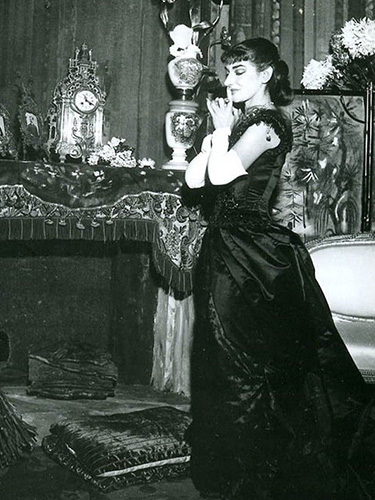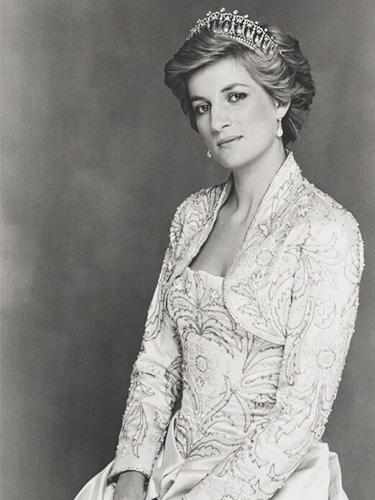April 17, 2019
Modern Match - La traviata
In La traviata, Violetta Valéry is a contradictory, polarizing character. She’s spirited, independent, and socially savvy, but she invites others’ judgment due to her profession. She inspires admiration and scorn, pity and distaste. Some find her threatening; to others, she’s enchanting. Characters like Violetta endure due to their ability to capture the imagination of many generations. We see this, too, in another, more recent, beautiful and tragic figure: Diana, Princess of Wales.
In the beginning, Violetta is the life of the party. She desires love and freedom, but she sees these things as conflicting with one another. Though Alfredo intrigues her, she initially rejects him because she values independence, but eventually realizes that he’s the lover she’d always longed for. Lady Diana Spencer was introduced to the world as a young, sweet girl searching for love, thinking she’d found it. She quickly became known for her sense of style and surprising capacity to garner media attention. But as life in the public eye went on, her desire for freedom became more apparent. As both heroines realize, freedom is difficult to achieve once they become entangled in a famous family.
The expectation an aristocratic family in Violetta’s era is that women must remain “pure” or else tarnish the family reputation. Germont explains that Violetta’s previous life as a courtesan presents problems for Alfredo, and that the only way to protect him is to leave him. Once again, Violetta’s previous life of freedom conflicts with her desire for love.
When Diana married the prince, she was expected to behave in a manner befitting the royal family. But as the rift in her marriage and the media attention on her grew, she found it challenging to navigate her competing desires. What followed was a drama of operatic proportions. Diana’s life became the story of divorce and attempts to co-parent two young sons. Diana stayed politically active, using her media entourage to illuminate issues like land mines and the AIDS epidemic. She began highly scrutinized relationships. Her attempts to find a new life mirror Violetta’s public attempts to move on to new parties and new lovers after her relationship with Alfredo ends.

Maria Callas as Verdi's Violetta

Diana, Princess of Wales
But both women face tragedy. In 1997, Diana was killed in a car crash as she fled the paparazzi in the middle of the night. This shocked and dismayed people around the world who were captivated by her spirit. Her passing caused many to reflect on the untenable expectations perpetuated by royalty and media. Diana touched the hearts of the British public, and she can be credited with helping to usher the royal family into a more modern era.
Violetta, too, leaves behind a kind of legacy. She reflects the wishes of everyone to reconcile their own competing desires and navigate contradictory emotions. As a result, Violetta stands out as one of the most prominent – and most frequently portrayed – characters in operatic history. As long as there are strong, passionate women, they will continue capturing our imaginations, and we will continue telling their stories.
The writer, an intern in Lyric’s marketing and communications department in spring 2018, is currently the relationship marketing associate at the Chicago Symphony Orchestra.


